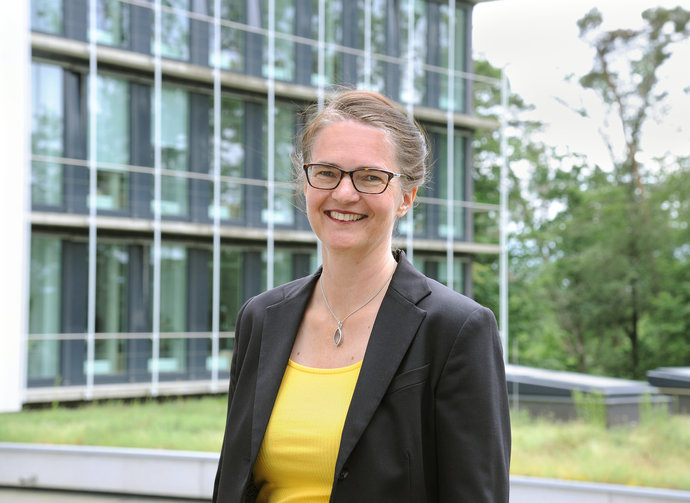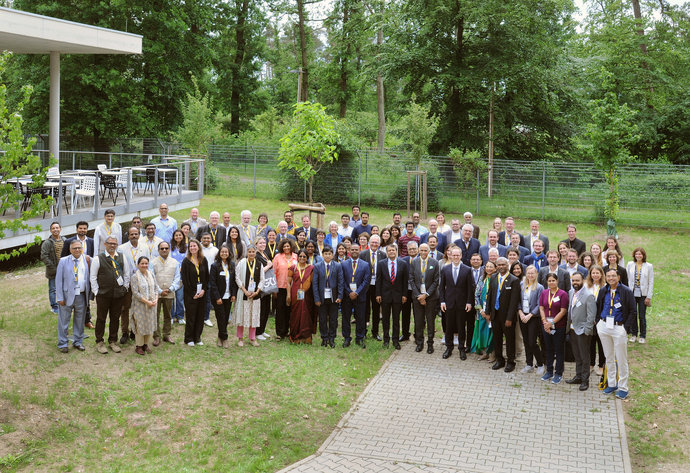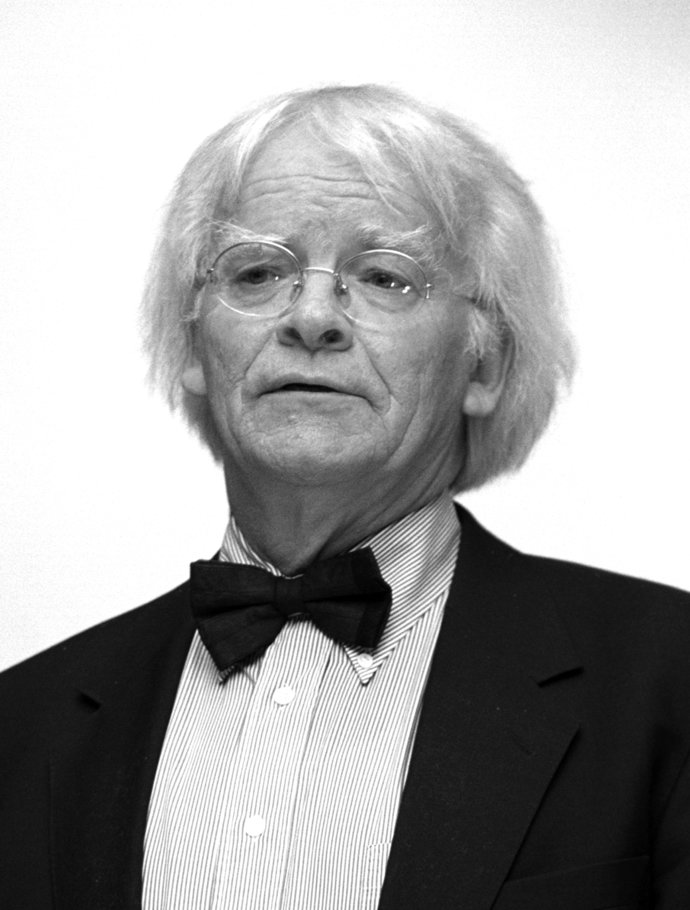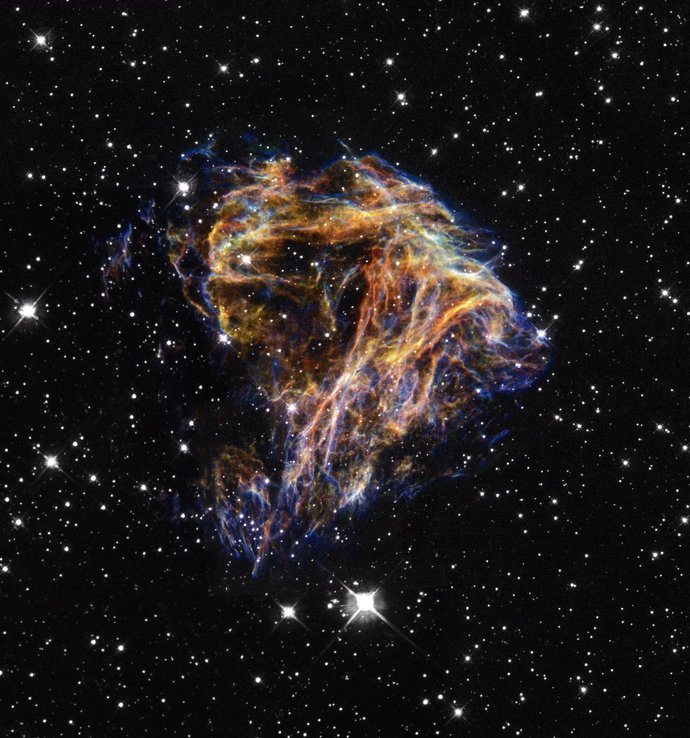
Researchers at European XFEL in Schenefeld near Hamburg have taken a closer look at the formation of the first crystallisation of nuclei in supercooled liquids. They found: The formation starts much later than previously assumed. The findings could help to better understand the creation of ice in clouds in the future and to describe some processes inside the Earth more precisely. Scientists from GSI/FAIR were involved in the experiments, whose results have now been published in the journal…

The PANDA PhD Prize 2023 was awarded to Anna Alicke (FZ Jülich/Germany). In her dissertation she studied hyperon production and reactions within the PANDA detector, which is being built at the FAIR accelerator facility.

To study the influence of microgravity and cosmic radiation on the human brain, a research team of GSI/FAIR recently conducted successful experiments in an unmanned spaceflight. The group led by Dr. Insa Schroeder and her PhD student Kim Knorr of the GSI/FAIR Biophysics department succeeded for the first time to send so-called brain organoids to an altitude of 265 kilometers and expose them to real microgravity for around six and a half minutes. The experiment took place in the framework of the…

An international research team including scientists from GSI/FAIR has succeeded for the first time in investigating the isospin dependence of effective charges in excited states of cadmium in experiments at the RIKEN accelerator facility in Japan. The results of the measurements have now been published in the journal Physical Review Letters.
![[Translate to English:] Trauer um Zbigniew Majka [Translate to English:] Trauer um Zbigniew Majka](/fileadmin/_processed_/c/4/csm_zbigniew-majka_sw_4d5f6ff45a.jpg)
It is a great loss for FAIR. On the 20th of May 2024, a staunch supporter and founding father of FAIR, Professor Dr. hab. Zbigniew Majka, has passed away at the age of 77. Zbigniew Majka was a renowned scientist, a leading figure in nuclear physics. He was a full professor at the Faculty of Physics, Astronomy and Applied Computer Science at Jagiellonian University in Krakow, Poland.

The science manager and biochemist Dr. Katharina Stummeyer has taken up the position of the Administrative Managing Director of the GSI Helmholtzzentrum für Schwerionenforschung GmbH and the Facility for Antiproton and Ion Research in Europe GmbH (FAIR GmbH) on 1 June 2024. She previously has been head of the project management agency of the Gesellschaft für Anlagen- und Reaktorsicherheit (GRS) gGmbH. Dr. Katharina Stummeyer succeeds Dr. Ulrich Breuer, who took over the position of chancellor…

India and Germany have successfully cooperated in science and technology for a very long time. The collaboration between Bose and Einstein is just one of many renowned examples of how Indian and German scientists have achieved together major breakthroughs in knowledge. 50 years ago, Germany and India have signed a fundamental cooperation agreement formalizing and giving solid grounds to this cooperation. The cooperation has continued to flourish ever since. This anniversary has now been…

The GSI Helmholtzzentrum für Schwerionenforschung mourns the loss of its former Scientific Director Prof. Dr. Hans Joachim Specht, who passed away in Heidelberg on May 20, 2024 at the age of 87.
Under the scientific leadership of Prof. Specht, from 1992 to 1999, a rich scientific harvest was obtained at the previously commissioned GSI accelerator facilities UNILAC/SIS/ESR, with numerous discoveries and new technological developments.
Professor Specht also played an eminent role in the…

A new nucleosynthesis process denoted the νr-process has been suggested by scientists from GSI Helmholtzzentrum für Schwerionenforschung, Technische Universität Darmstadt, and the Max Planck Institute for Astrophysics. It operates when neutron-rich material is exposed to a high flux of neutrinos. The theoretical proposal, which was recently published in “Physical Review Letters”, may be the solution to a long-standing issue related to the production of a group of rare isotopes present in the…












